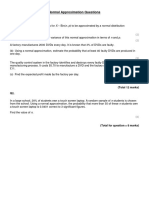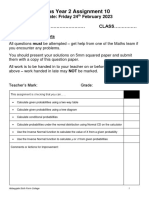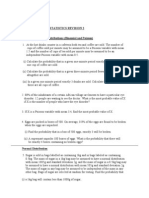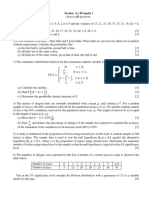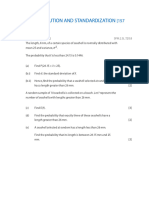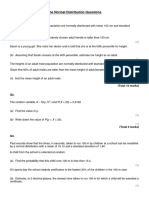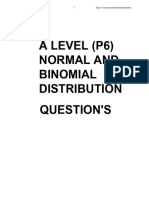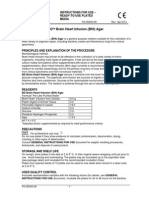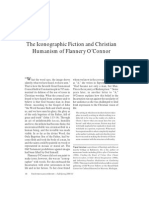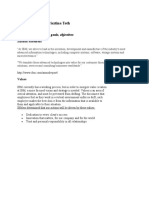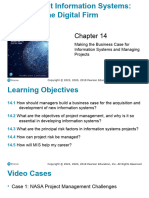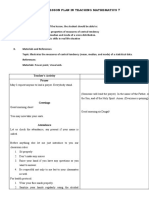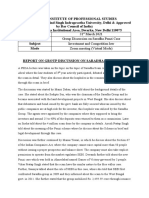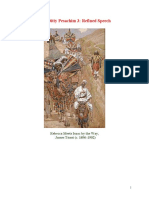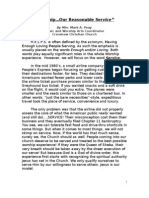0% found this document useful (0 votes)
17 views42 pagesS2 Chapter 3 - Normal Distribution
The document contains a series of questions related to normal distribution, including calculations of probabilities, hypothesis testing, and statistical modeling based on various scenarios. It covers topics such as the normal approximation to the binomial distribution, box plots, and the use of summary statistics to analyze data. Each question includes specific tasks and marks allocated, indicating a structured assessment format for students.
Uploaded by
mikhilshah196Copyright
© © All Rights Reserved
We take content rights seriously. If you suspect this is your content, claim it here.
Available Formats
Download as RTF, PDF, TXT or read online on Scribd
0% found this document useful (0 votes)
17 views42 pagesS2 Chapter 3 - Normal Distribution
The document contains a series of questions related to normal distribution, including calculations of probabilities, hypothesis testing, and statistical modeling based on various scenarios. It covers topics such as the normal approximation to the binomial distribution, box plots, and the use of summary statistics to analyze data. Each question includes specific tasks and marks allocated, indicating a structured assessment format for students.
Uploaded by
mikhilshah196Copyright
© © All Rights Reserved
We take content rights seriously. If you suspect this is your content, claim it here.
Available Formats
Download as RTF, PDF, TXT or read online on Scribd
/ 42


